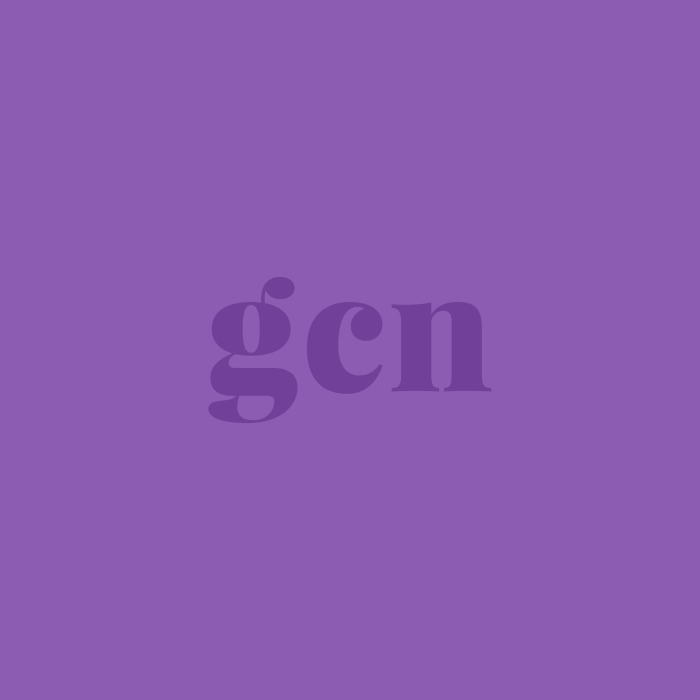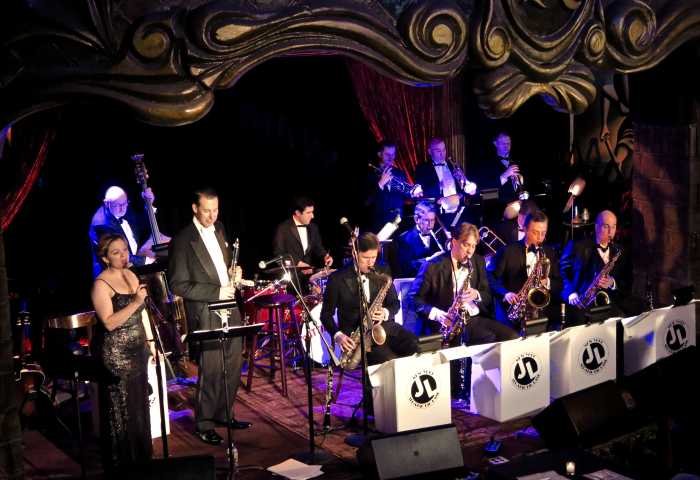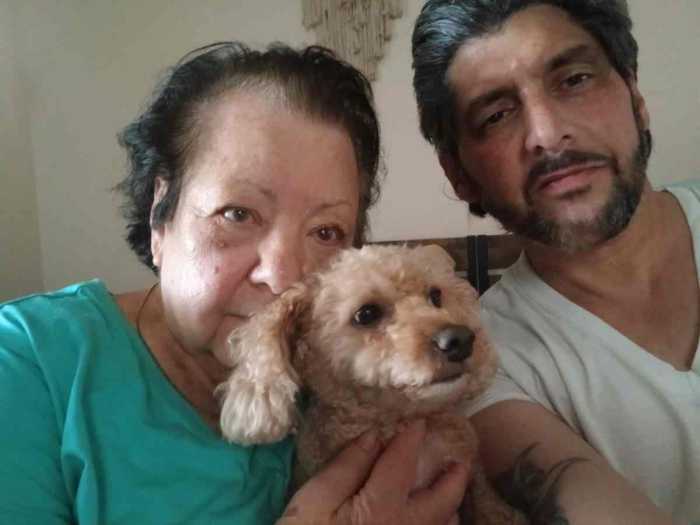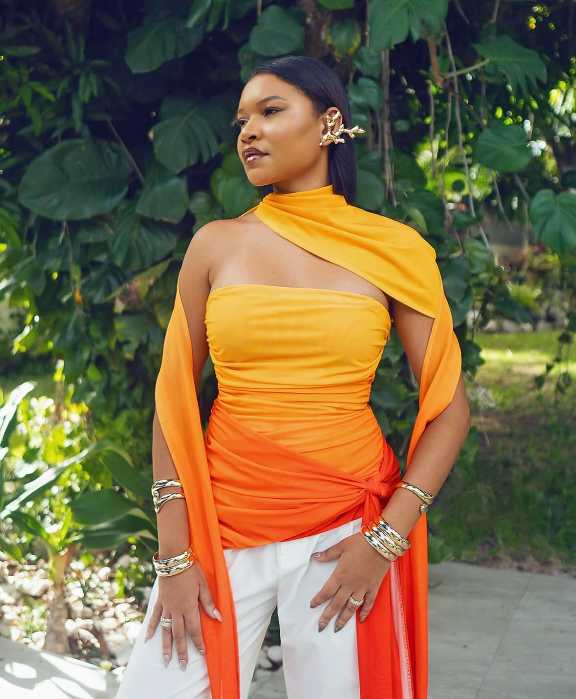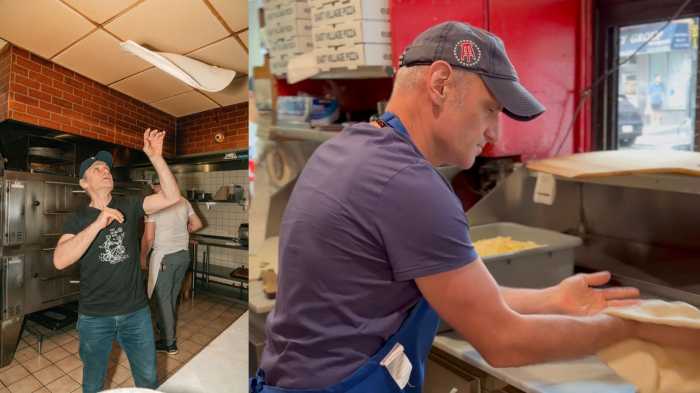BY BRIAN MCCORMICK| Post-production blues, the period of reflection/ depression following the creation of a work, is particularly acute in the performing arts because the life of the piece — often after years of development — is so short. It’s complicated in the dance world by a set of principles sustained by the press, funders, and presenters that creation is an annual process, in which success is meted out by a handful of tastemakers and taskmasters.
Kimberly Bartosik had reached this point at the end of 2011. After two years of developing and exploring and briefly showing works for Crossing the Line Festival, she was “coming from rock bottom.” She didn’t feel burnt creatively, but was distressed by “all the other things.”
“Why,” she exclaimed, “would I ever want to do this again?”
Instead, she found herself liberated to make work “unattached” to external factors. She began with her collaborator and husband, the award-winning lighting designer Rick Murray. Entitled “duet for light and body,” Bartosik told Gay City News that the piece, “creates a space where a lot of stuff comes up.” It’s like a moving visual art installation, where both artists are demonstrating their craft — sensuously, passively, and aggressively.
Kimberly Bartosik and collaborators with hearts on sleeves and hoodies
“The first month was so much fun,” Bartosik shared. “It was amazing to feel able to make decisions about art, then to bring in people to show the work and get their response. Then I realized, ‘It’s becoming something.’”
From this beginning, Bartosik developed three duets. “There are three male female conversations,” she explained, “expressing this idea of going through different landscapes with different people.”
The structure of the piece comes from Anne Carson’s “The Anthropology of Water,” which consists of three stories about male-female journeys. “I was reading her when I started,” the choreographer said. “I’m much more influenced by literature and visual art than dance, in terms of images and language.”
“I gave the book to my collaborators to read,” she added. “Carson’s writing is so specific, but it has all this room around it to create your own narratives.”
This is particularly important in the duet between Marc Mann and Joanna Kotze. “This is the emotional core of the piece,” Bartosik declared. “I’m really committing myself.”
She added, “After a period of total rejection, I felt like I needed to take specific risks. I’m pushing my art form. I want something to keep living.”
She explained, “I’ve worked with both of these dancers for a while. I really wanted to explore the idea of identity. The black/ white, male/ female binaries are so obvious, so charged. I wanted to abstract these things, to let go of the story in the body of the person, the clichés.”
During their first residency in 2012, Bartosik had the idea to cover up their identities with oversized hoodies. At the same time, Trayvon Martin’s murder became national news. They debated using the hoodies, which brought forward very emotional outpourings.
“We stuck with it,” Bartosik said. “We created improvisations, gestures of violence, slowed down so we could really look at them for a long time — without any contact. They aren’t miming. And it isn’t about anger. But it is an emotional 10 minutes of improvised, specific violence.”
“Between Rick and I and Marc and Joanna, it’s a pretty emotional evening,“ Bartosik said. “We need some break, some kind of relief, some more lightness, something beautiful.”
Enter the singers.
“I met the singers [Gelsey Bell and Dave Ruder] when I was working with [composer] Robert Ashley. I was in awe of the way sound moved through space — the idea of sound as motion, sound as a dance.
The singers offer three “little breaks,” at the top of the show, between the two other duets, and at the end. “They provide words, poetry, beautiful voices singing, and a less complicated relationship with the audience,” Bartosik promised. “It’s clear what they’re providing — they bring lightness to everything.”
KIMBERLY BARTOSIK | “You are my heat and glare” | New York Live Arts, 219 W 19th St. | Feb. 26-Mar 1 at 7:30 p.m. | $20; newyorklivearts.org or 212-924-0077


